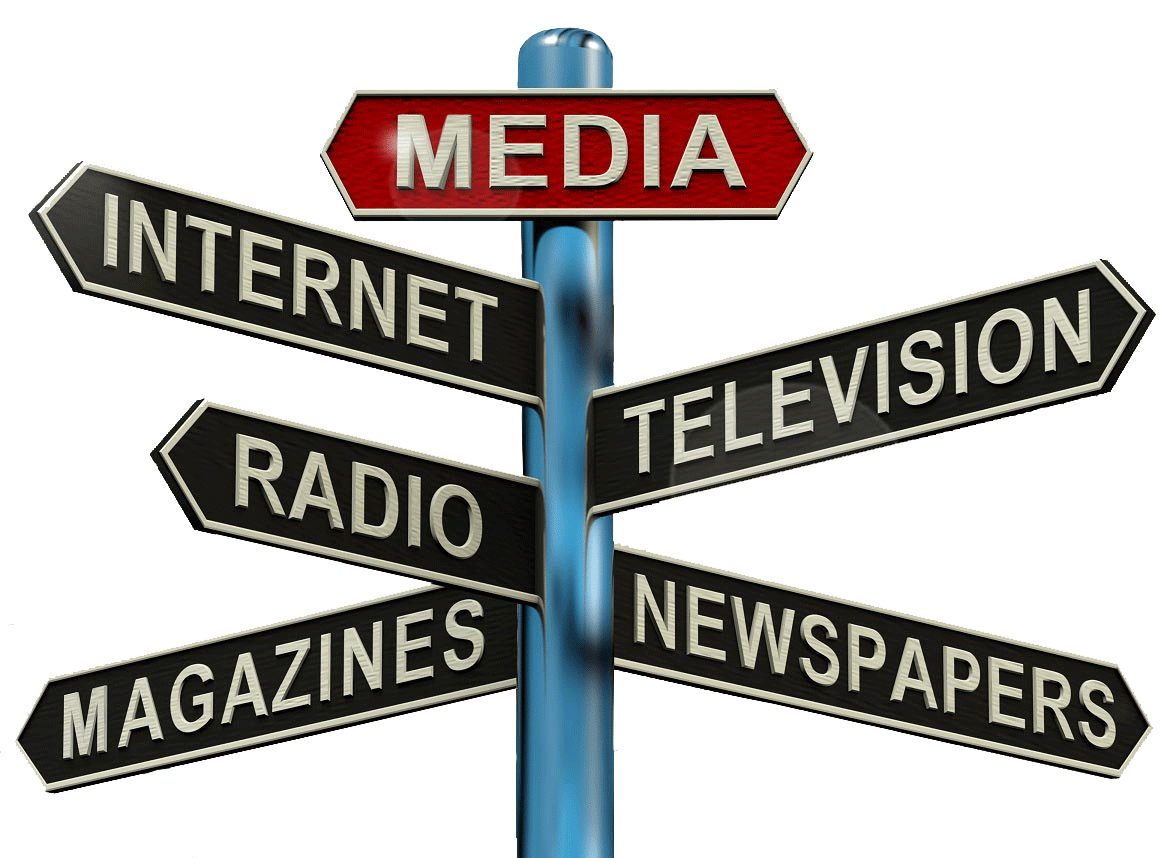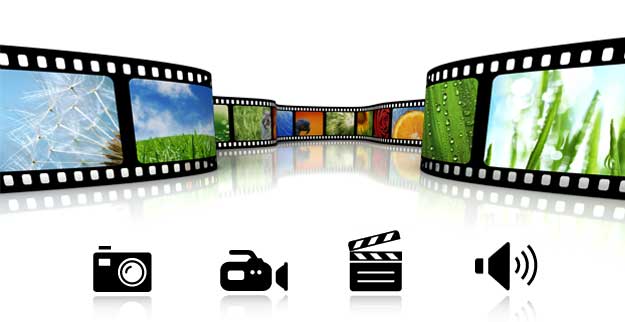

What Is Mass Media?
There was a time when mass media meant the morning newspaper or the evening news on television. And most people (the masses) received news through these limited media channels. Then came the Internet, breaking the model into millions of pieces, with the masses receiving their news from just about anyone who puts information out for public consumption.
So what is mass media today?
Mass Media Definition
Technically, mass media is any transmission of information that reaches large numbers of people, usually within a short time frame, in a one-to-many communication flow. It can also be referred to as mass communication. The information transmitted could be news, entertainment, advertising or public service announcements.
Typical media types used include:
• Television
• Radio
• Newspapers
• Outdoor advertising such as billboards
• Magazines
• Movies, concerts, shows, and events that attract large crowds
• Internet websites
• Social media*
• Mobile*
• Email*
* Social media, mobile, and email mass communications present special cases which are discussed separately later.

What Are Sources of News?
Where do newspapers, magazines and news programs get news and information? While the image of the “scoop reporter” sniffing out story leads is popular, it is quite dated. Yes, field reporters and correspondents are still hired by some organizations, primarily larger media. More likely these days, news stories and leads are collected from news wire services such as the Associated Press and other reliable sources who have reporters and photographers in the field. In addition to news wire information, field and office-based reporters also do research (online and offline) and connect with trusted people and organizations for tips and verification purposes.
With the advent of the Internet and social media, this model of gathering news is changing. Today, bloggers with recognized expertise and knowledge can even be considered trustworthy news sources.
Press releases sent to editors also fuel news broadcasts over mass media outlets. For major national news, press releases can also be sent to news wire services (many of them are online) which make them available to subscribing organizations or even to the public.
Mass Media and Society
With millions (literally) of websites and social media channels, mass media has become much more democratized, with ordinary non-media people being news sources. This has given a voice to many who may not have been able to get their stories heard through the major media outlets. This helps encourage free speech, creativity and provides a wealth of opportunities to those who want to reach niche markets.
Unfortunately, with the millions of voices, transmission of information has become severely fragmented and can spread faster than at any time in history. The lack of oversight with having so many sources can give rise to misinformation which can easily go viral, potentially giving rise to panic and ill will. Yet to squelch or control this flow of information raises fears of government-run propaganda machines which are unacceptable in democratic societies.
This has become a sociological conundrum that will not easily be solved… and may never be.

Are Mobile Phones and Email Mass Media?
According to a mobiThinking.com report on global mobile statistics, as of February 2013, 96.2 percent of the world’s population has a subscription to mobile cellular service. As an average, that means that almost everyone in the world has a mobile phone! Even for the region with the lowest use level in the study, the market saturation is just over 63 percent. In highly developed nations, the saturation is well over 100 percent, meaning that people have more than one mobile phone service.
Even though most of the world’s population has mobile service, it doesn’t mean that an organization can blast a call or message to everyone, though it might be technically possible. In addition to laws that prohibit this type of communication, phone conversations are still one-to-one (or one-to-few with conference calling) connections.
As well, text messages, even though they can technically be broadcast to millions, cannot legally be sent unless the mobile subscriber opts in to receive. So in one sense, text message campaigns could be classified as mass media since they are a one-to-many communication. But due to the opt-in nature of these campaigns, the mass that they reach will be limited.
That being said, there is no doubt that mass media communications delivered via mobile devices, particularly through mobile apps and push notifications (alert messages that pop up on a mobile device screen), will become a primary delivery system of the future.
Similarly, email is often a one-to-many communication, particularly for communications such as email marketing and newsletters. Like text messaging and cell phone calls, a person must share an email address (opt-in) in order to receive messages. Broadcasting to the masses without permission violates the Federal Trade Commission’s CAN-SPAM Act. As with mobile text messages, email can be a mass media communication but will be limited.

Impact of Social Media
Unlike mobile and email, messages and photos posted on social media are available for public consumption. Social media is a form of mass media due to its one-to-many communication flow and public access.
The challenge with social media is that it really isn’t media in the classic sense. Yet, as noted in a USA Today article, social media is often the first on the scene when incidents occur. This further democratizes mass media and expands the sources and resources for traditional media in a way that, to date, has not been possible. However, the question of legitimacy and bias exists since sources are regular people who may not be committed to the principles of fair and truthful reporting.
With everyone becoming a news source and media channel on the social networks, the fragmentation of mass media has taken yet another leap, further complicating communications.
Problems of Mass Communication
“Is anyone listening?”
This is one of the biggest questions that media faces. It was much easier in years past to reach more people with mass communication due to limited channels. However, as the number of media outlets continued to expand, it became much more difficult.
Too many channels fragmented audiences, making it necessary to broadcast the same message on many more channels than ever before, thereby increasing costs. The invention of the remote control and the dawn of the Internet have just escalated the situation to extreme proportions.
Worsening the situation is the resulting overwhelm that people feel when given too many choices (as Bruce Springsteen so eloquently explained in the song, 57 Channels and Nothing On). They often completely tune out.
Getting messages, even critical ones, through the clutter is one of the biggest problems of mass communication today.
In an ironic twist, the pendulum may swing back to earlier times of fewer media. In an article on BGR.com, it was reported that 19.3 percent of Americans now rely on free over-the-air (non-cable) television programming which has limited television channels available. This is a trend that should be watched for all mass media types.
Disclaimer: Any examples used are for illustrative purposes only and do not suggest affiliation or endorsement. The author/publisher has used best efforts in preparation of this article. No representations or warranties for its contents, either expressed or implied, are offered or allowed and all parties disclaim any implied warranties of merchantability or fitness for your particular purpose. The advice, strategies and recommendations presented herein may not be suitable for you, your situation or business. Consult with a professional adviser where and when appropriate. The author/publisher shall not be liable for any loss of profit or any other damages, including but not limited to special, incidental, consequential, or other damages. So by reading and using this information, you accept this risk.
จัดทำโดย
ธนาดล คิมประโคน ภาษาอังกฤษ ชั้นปีที่3
โพสโดย
ศุภลักษณ์ ชาติชาวนา ภาษาอังกฤษ ชั้นปีที่3/2
